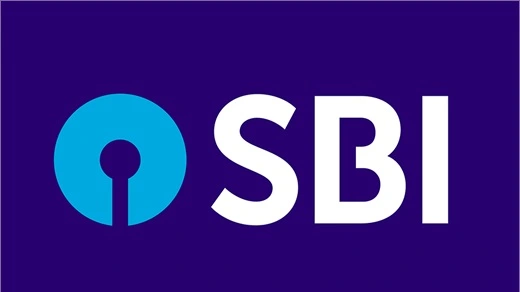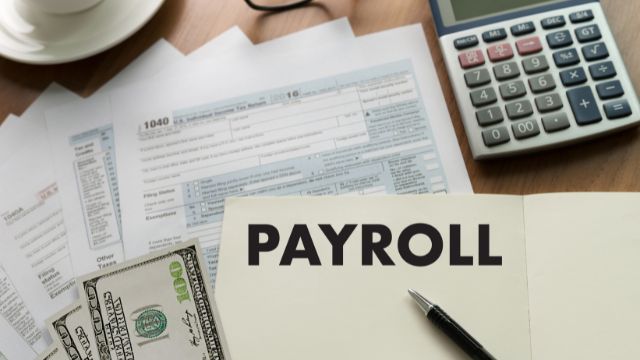India’s biggest and oldest business bank is the State Bank of India (SBI). It is also one of the most well-known banks in the world. Starting in the early 1800s, SBI has a long and important past that has shaped India’s financial environment. We will talk about the bank’s background, leadership, owners, head office, and net worth in this piece.

| Net worth | $750 billion |
| CEO | Dinesh Khara |
| Founder | Govt. of India |
| Head Office | Madame Cama Road in Nariman Point, Mumbai |
Net Worth:
The net worth of the State Bank of India was estimated to be around $750 billion(total Assets). SBI’s net worth shows its financial strength and millions of consumers’ faith.
CEO:
Mr. Dinesh Khara chaired and managed SBI. The CEO of SBI oversees the bank’s operations, strategy, and activities to ensure growth and stability.
Founder:
Popular figures helped create the State Bank of India and its predecessor banks by Government of India. The Imperial Bank of India was founded in 1921 by the merger of the Calcutta, Bombay, and Madras banks. During British colonialism, British and Indians founded these banks. The Imperial Bank of India became the State Bank of India in 1955 after nationalization.
Although there is no conventional founder, the bank’s history is shaped by various people.
Head Office:
Mumbai is the State Bank of India headquarters. It’s on Madame Cama Road in Nariman Point, Mumbai. The headquarters of India’s biggest and most prominent bank should be in Mumbai, the financial center.
The bank’s head office houses senior executives, decision-makers, and important divisions that manage its numerous services.
SBI UPI Not Working: Possible Reasons & Their Fix!
History:
State Bank of India has endured, grown, and adapted. In 1806, the Bank of Calcutta was founded, followed by the Banks of Bombay and Madras in 1840 and 1843. Private entrepreneurs founded these banks to serve India’s increasing British commercial community.
The Imperial Bank of India, a British Raj commercial bank, was formed in 1921 from these three institutions. With India’s independence war gathering pace, nationalizing the Imperial Bank was proposed.
After nationalization, the Imperial Bank of India became the State Bank of India on July 1, 1955. The Indian people were to get the nation’s financial resources in this historic act. SBI represents economic self-reliance and was vital to India’s post-independence economic progress.
SBI has expanded in size and breadth. To serve retail, corporate, international, and other client sectors, it has grown. Its enormous network of branches and ATMs in India and abroad makes it a global financial powerhouse.
SBI’s history is entwined with India’s economic progress, from its colonial roots to its present, customer-centric position.













